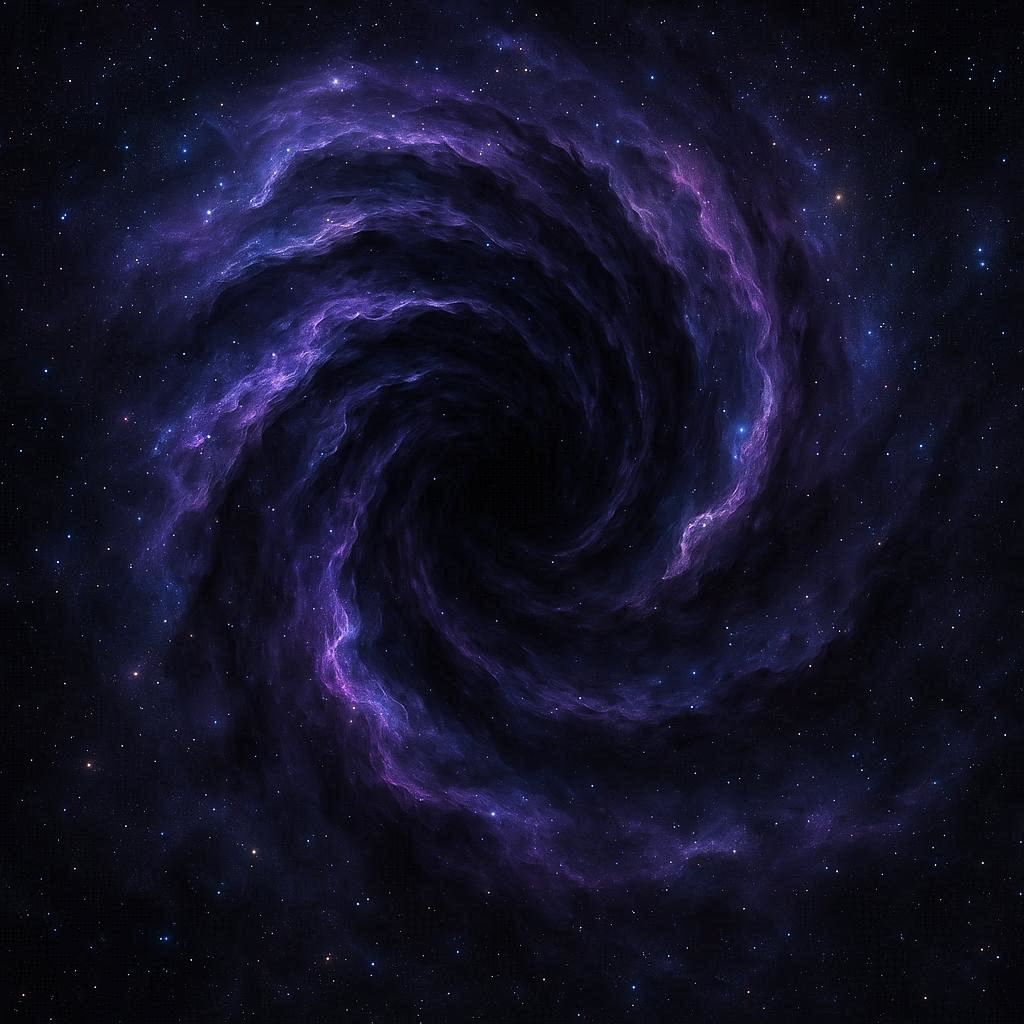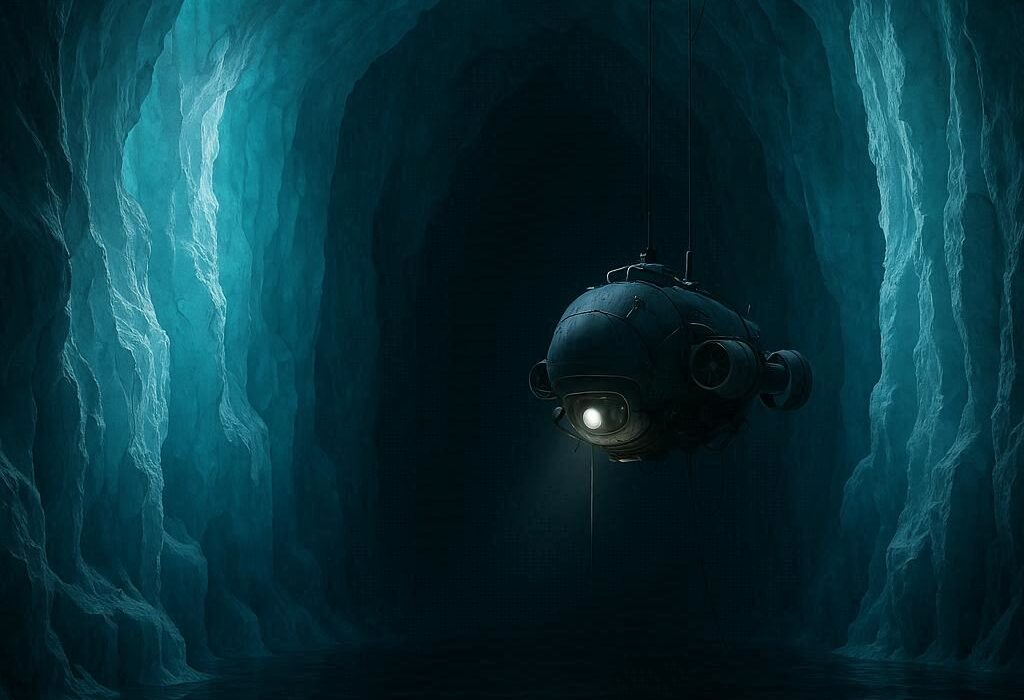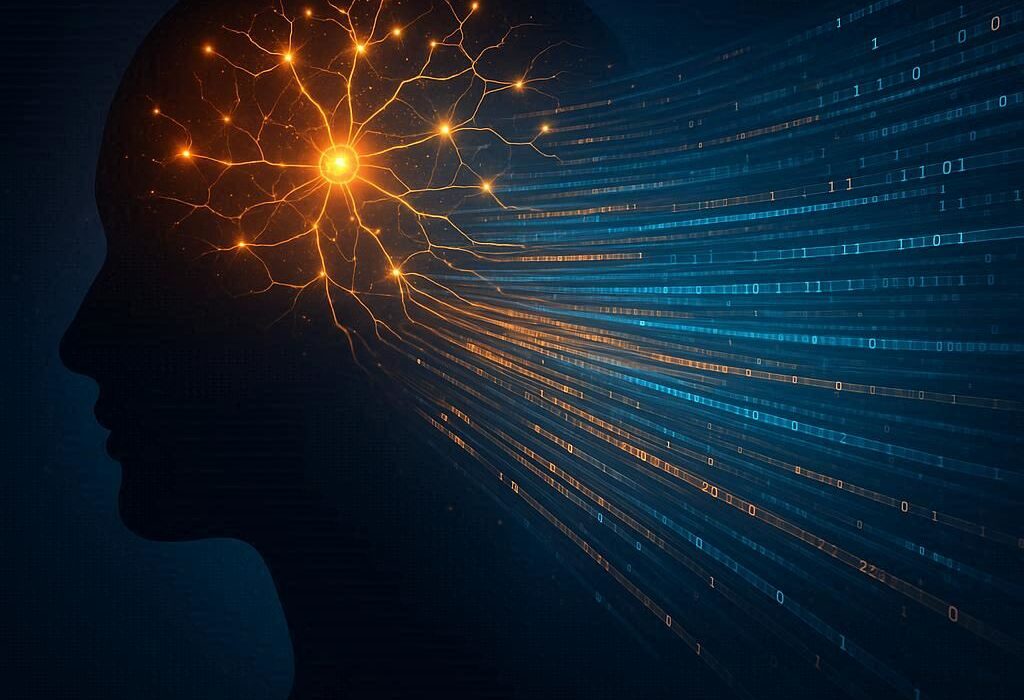The universe is vast, beautiful, and endlessly mysterious. For centuries, humanity has gazed at the stars and wondered about the forces that govern their dance. Gravity, once unveiled by Newton and later redefined by Einstein, seemed to be the great sculptor of cosmic structure. Electromagnetism, the weak and strong nuclear forces—these known interactions shaped the familiar physics of matter, energy, and light. Yet as the twentieth century closed, astronomers uncovered a puzzle that shook our understanding of everything: the universe is not merely expanding, it is expanding at an accelerating rate. Something unseen, something pervasive, is pushing space itself apart.
That enigmatic something has been named dark energy. Unlike dark matter, which is thought to provide the unseen gravitational glue binding galaxies together, dark energy acts in the opposite direction. It is not attractive, but repulsive. It drives galaxies farther apart, stretching the very fabric of space-time. It is invisible, elusive, and astonishingly powerful—so powerful, in fact, that it is estimated to make up nearly 70 percent of the entire energy content of the cosmos.
The discovery of dark energy in 1998 was one of the greatest scientific revelations of modern times. It opened doors to new physics, to questions about the fate of the universe, and to tantalizing speculations about whether humanity might one day harness this mysterious force. Could we, in our quest for sustainable energy, learn to tap into the very engine of cosmic acceleration? Could dark energy power the world? The question is both awe-inspiring and humbling, and its exploration takes us on a journey across science, philosophy, and imagination.
The Discovery That Changed Everything
To understand dark energy, we must step back to the observations that revealed it. In the late 1990s, two independent teams of astronomers—the Supernova Cosmology Project and the High-Z Supernova Search Team—studied distant exploding stars known as Type Ia supernovae. These stellar explosions are so consistently bright that they can be used as cosmic “standard candles,” helping astronomers measure distances across billions of light-years.
The expectation was straightforward: if the universe were expanding under the influence of gravity, the expansion should be slowing down over time. Galaxies should gradually decelerate in their outward flight. But the supernova data told a shocking story. Instead of slowing, the universe’s expansion was accelerating. Some mysterious energy, permeating space itself, was acting like a cosmic anti-gravity, pushing everything apart faster and faster.
The implications were profound. Not only did this challenge our models of cosmology, it introduced a completely new component to the universe—something unseen, intangible, yet overwhelmingly dominant. Dark energy was not merely an oddity; it was the controlling force of cosmic destiny.
What Is Dark Energy?
Dark energy is not like any form of energy we know. It is not sunlight, not heat, not chemical fuel, not nuclear power. It does not flow, radiate, or burn. It is not bound within particles like protons or electrons. Instead, dark energy appears to be an intrinsic property of space itself.
One of the simplest explanations for dark energy comes from Einstein’s own work. In 1917, while developing his General Theory of Relativity, Einstein introduced a term called the cosmological constant. This constant represented a uniform energy density filling space, exerting a repulsive effect. At the time, Einstein added it to balance gravity and create a static universe, because he believed the cosmos to be unchanging. Later, when expansion was discovered, he discarded the constant, calling it his “greatest blunder.” Yet decades later, the cosmological constant was reborn as a candidate for dark energy.
In modern physics, dark energy could be:
- The cosmological constant—a constant vacuum energy inherent to space-time.
- A dynamic field, sometimes called quintessence, that evolves with time.
- A sign that our understanding of gravity itself is incomplete.
Though we cannot touch it, dark energy influences the largest scales of the universe. Imagine empty space, utterly devoid of matter and radiation. Even here, quantum physics suggests a restless sea of fluctuating energies. Perhaps dark energy arises from this quantum vacuum. Perhaps it is a new field, like the Higgs, waiting to be discovered. Or perhaps it is an illusion created by a deeper law of gravity.
For now, we do not know. We have only its fingerprints on the cosmos: the accelerating galaxies, the cosmic microwave background radiation, the distribution of large-scale structures. The mystery remains unsolved.
The Energy Beyond Comprehension
If dark energy is real and ubiquitous, then it represents an energy reservoir beyond imagination. Consider this staggering fact: nearly three-quarters of the universe’s energy density is attributed to dark energy. All the stars, galaxies, planets, and visible matter account for only a tiny fraction. In principle, the universe is filled with an inexhaustible ocean of this invisible force.
If humanity could access even a fraction of dark energy, our energy crisis would vanish overnight. We would no longer need fossil fuels, solar panels, wind turbines, or nuclear plants. The universe itself would provide a boundless supply of power. Civilizations could rise to unimaginable heights, building starships, planetary megastructures, and technologies far beyond today’s dreams. Harnessing dark energy would be the ultimate key to becoming a Kardashev Type III civilization, one that commands the energy of galaxies.
But here lies the dilemma: dark energy does not behave like ordinary energy. It does not pool, concentrate, or radiate in ways we can capture. It is diffuse, uniform, and woven into the structure of space itself. Trying to harness dark energy is like trying to scoop water from an ocean that is everywhere and nowhere at once.
Could We Ever Control It?
The question of harnessing dark energy touches the limits of science and imagination. To capture it, we would need to manipulate the very fabric of the vacuum. We would need technologies capable of altering the cosmological constant, extracting energy from the quantum void, or bending the laws of gravity themselves.
Theoretical physics offers some possibilities, though they remain deeply speculative. If dark energy is a field, perhaps it could be coupled to matter in ways that allow extraction. If it is vacuum energy, perhaps exotic quantum devices could induce local fluctuations, releasing usable power. If it reflects modified gravity, perhaps mastery over space-time could give us control.
Science fiction often explores such themes. Writers imagine starships powered by vacuum energy, civilizations manipulating the expansion of the universe, or weapons harnessing the repulsive force of dark energy. These ideas fire the imagination but remain beyond any foreseeable engineering. The gulf between knowing dark energy exists and learning to control it is immense—perhaps greater than the gap between fire-making and nuclear fusion.
The Challenges of the Unknown
Harnessing dark energy is not merely a technological challenge; it is a conceptual one. We do not yet understand what dark energy truly is. Our equations describe its effects, but its essence remains elusive. Without a theory that unifies quantum mechanics and gravity, without experiments that probe the vacuum directly, we are fumbling in the dark.
Even if we could identify a method, the consequences might be perilous. Dark energy governs the fate of the cosmos. Tapping into it could alter the expansion of the universe itself. A reckless extraction might destabilize the vacuum, leading to catastrophic consequences. In the language of physics, the vacuum could decay to a lower-energy state, rewriting the laws of nature and annihilating everything. Harnessing dark energy, if possible, would demand not only knowledge but wisdom and restraint.
Lessons from Other Cosmic Powers
Human history offers parallels. Once, lightning was a terrifying mystery, worshiped as divine fire. Today, electricity powers our world. Nuclear energy, once hidden in the heart of atoms, was unlocked in the twentieth century. Each time, what was once cosmic and inaccessible became tangible through science. Perhaps dark energy, too, will one day be tamed.
Yet there is a difference. Lightning and nuclear forces are local phenomena, accessible through matter. Dark energy is woven into the fabric of space itself, diffuse and subtle. To control it may require not just new science, but an entirely new way of thinking about the universe. It may demand a theory of everything, a framework that unites relativity, quantum mechanics, and cosmology. Until then, dark energy remains a dream just beyond our reach.
The Fate of the Universe
Understanding dark energy is not only about power—it is about destiny. The universe’s future is tied to this invisible force. If dark energy remains constant, the cosmos will expand forever, galaxies drifting farther apart until the night sky grows dark and cold. Stars will burn out, matter will decay, and a lonely universe will fade into silence.
If dark energy grows stronger, expansion could accelerate to the point of tearing galaxies, stars, planets, and even atoms apart in a “Big Rip.” If it weakens or reverses, gravity might one day halt expansion and bring about a “Big Crunch.”
Humanity’s survival, in the grandest sense, may depend on understanding and adapting to this cosmic fate. Harnessing dark energy, if ever possible, might not only provide infinite power but also allow us to shape the destiny of the cosmos itself.
A Frontier of Wonder
For now, dark energy remains a profound enigma. We detect it only through its cosmic effects, not through direct interaction. We cannot bottle it, control it, or use it. But its very existence reminds us that the universe is larger and stranger than we imagine. It humbles us, even as it invites us to dream.
To ask whether we could harness dark energy is to ask whether humanity can reach beyond its cradle, whether curiosity and imagination can one day unlock the deepest secrets of existence. The question is not merely about energy—it is about who we are as a species. Are we content to live within the limits of the familiar, or are we destined to reach into the unknown, to grasp the very forces that shape reality?
The Human Spirit Against the Infinite
In every age, humanity has stood before mysteries and seen only impossibility. Fire, electricity, nuclear power—all once seemed divine, untouchable. Yet with patience, curiosity, and courage, we unlocked their secrets. Dark energy may be the greatest mystery yet, a force that dwarfs all others, but perhaps it, too, will yield one day.
If that day comes, the consequences will be beyond imagination. We may find ourselves as custodians not just of a planet, not just of a star, but of the universe itself. Until then, dark energy remains both a riddle and a beacon, guiding us toward deeper truths.
In the end, the question of harnessing dark energy is not simply whether it can power the world. It is whether we can grow wise enough to understand the cosmos, and humble enough to wield such power with care. The universe has given us mysteries; it is up to us to decide how to face them.






